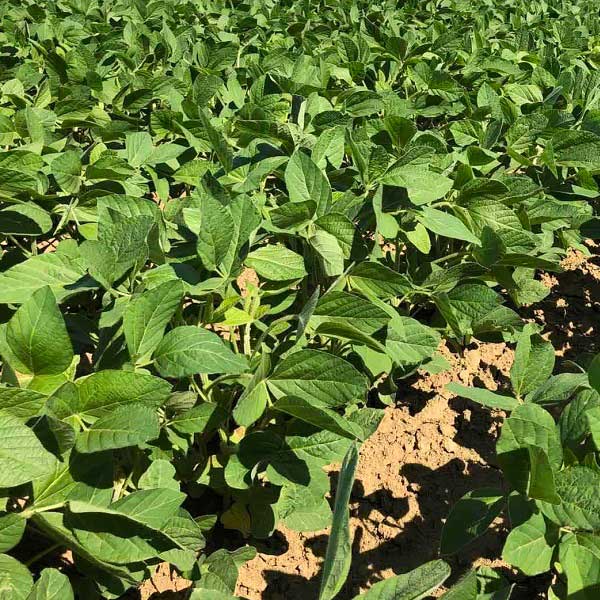Soybean originates from China around 3000 BC. Until the 18th century, it was primarily grown in China, Korea, and Japan. It is assumed that Benjamin Franklin made it in America. After that, soy cultivation spread worldwide; today, it is the leading oil crop. Different varieties of soybeans grow depending on many conditions. This plant can reach a height of 20 cm to even two meters. Both the height of the plant and the seeds and pods of soybeans can be of different sizes and colors – black, green, brown, yellow, blue, or colorful. In commercial production, the height of the plant is from 80 to 120 cm. The fruit is a pod containing five grains. The soybean root is as deep as the plant is tall. The bacterium Bradyrhizobium Japonicum develops a symbiosis with the soybean, feeds on carbohydrates from the roots, and supplies the plant with nitrogen. Before sowing soybeans, it is necessary to “infect” the soil with this bacteria. Deep, rich in humus soil, is best for growing soybeans. Development and yield depend mainly on the amount of light and moisture. Soybean varieties are divided into thirteen groups according to the photoperiod reaction and the length of the vegetation period. Resistance to drought, lodging, diseases, and high yield is what a good variety represents. Soybeans are rich in oils and proteins. They are widely used in human and animal nutrition. As a rich source of protein, many people use it as a substitute for meat due to its high energy value. They also play a role in the production of cheese, milk, hot dogs, and sweets. In animal nutrition, they are used as green mass, silage and hay.





